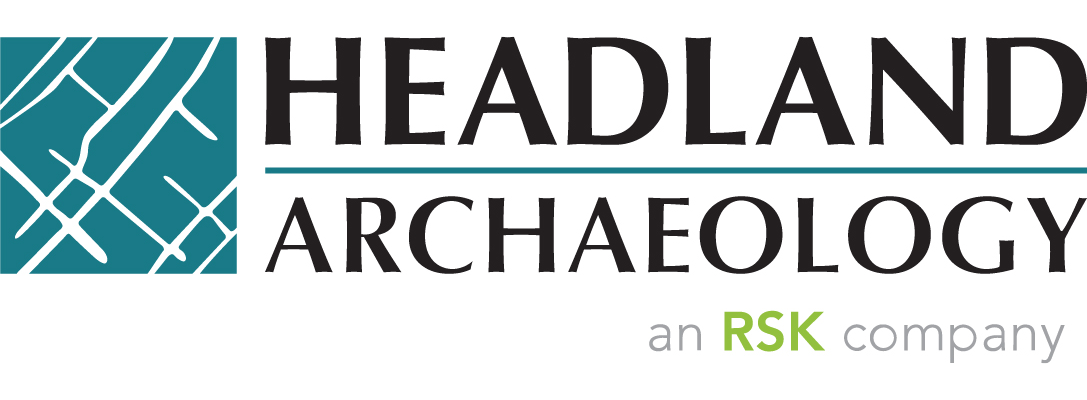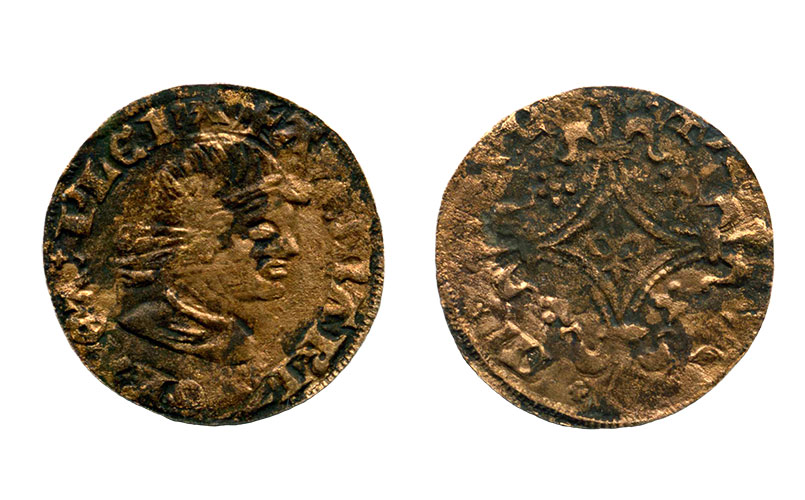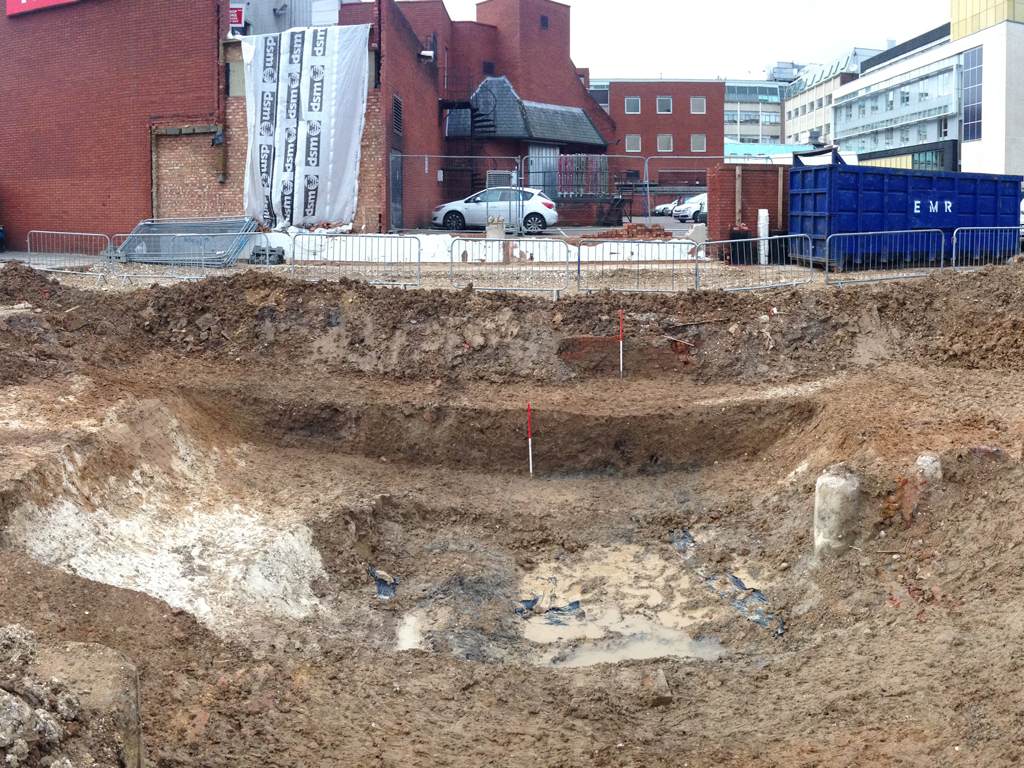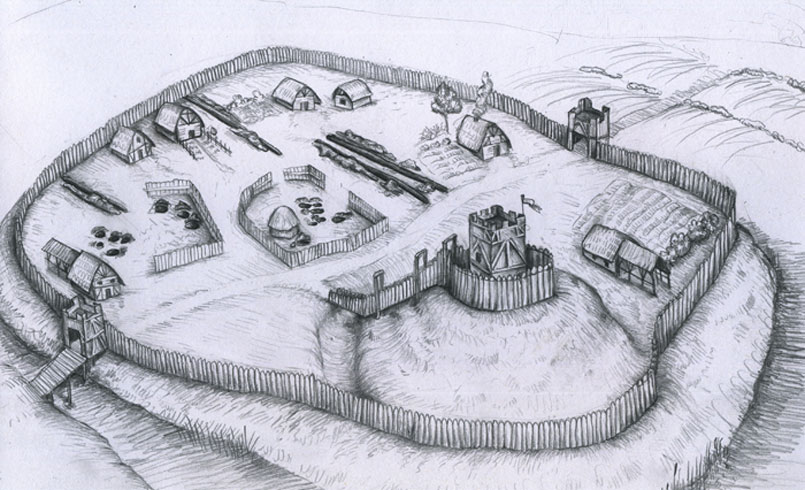
University of Bedfordshire Library, Luton
About This Project
Large-scale development usually has a critical path. The programme and sequence must be followed to ensure the project does not suffer delays. Archaeology, badly managed, can be seen as an obstacle holding up other contractors up. Headland has a different approach to things; we want to work with our clients to ensure they keep on track and can design our programme of works to fit theirs.
Project Summary
A new library development as part of the University of Bedfordshire required demolition of the former administration block and construction of a new building at the same location. To ensure the critical path for the development was successful, there could not be any delay between demolition and construction. However, the site lay within the bounds of an archaeologically sensitive area of Luton, containing the potential remains of a 13th-century castle.
Project Details
The development was on the site of a castle belonging to a powerful Anglo-Norman called Fulk de Breauté, one of King John’s favourite knights. The castle was built in the 13th century and is described in historic documents as being surrounded by a rectangular moat and an earthen bank. Our investigation found that the upper section of the moat had been removed during post-Medieval development on the site, but its lower levels had survived 2m below the current ground level, together with a number of preserved timbers in the peaty soils and the remains of a drawbridge.
Headland was contracted to provide an archaeological solution, and came up with a project design which involved an initial watching brief during the demolition works. This allowed us to locate and assess the remains at an early stage, and ensure everything was in place for a rapid turnaround once the scope of the mitigation was confirmed. The mitigation works, involving excavation of a 13th-century moat, lasted for three weeks, with no delay between the demolition and construction windows. Headland ensured there was no delay to the construction by doing the necessary work alongside the demolition.
The site in Luton had the added challenge of designing a method of digging to the base of the moat surrounding the castle (a depth of 3m) in a safe and controlled way. Discussions between our Health and Safety Manager and the Site Director resulted in a design which used machine excavation of the upper deposits of the moat, and extensive stepping of the edges of the trenches to prevent any risk of collapse. We managed to successfully reach the correct limit of excavation, and recovered important, well-preserved organic material from the medieval period.
Client
University of Bedfordshire
Contract Value
£50K
Sector
Property
Service(s)
Evaluation, Excavation, Monitoring, Finds, Palaeoenvironmental, Publication





